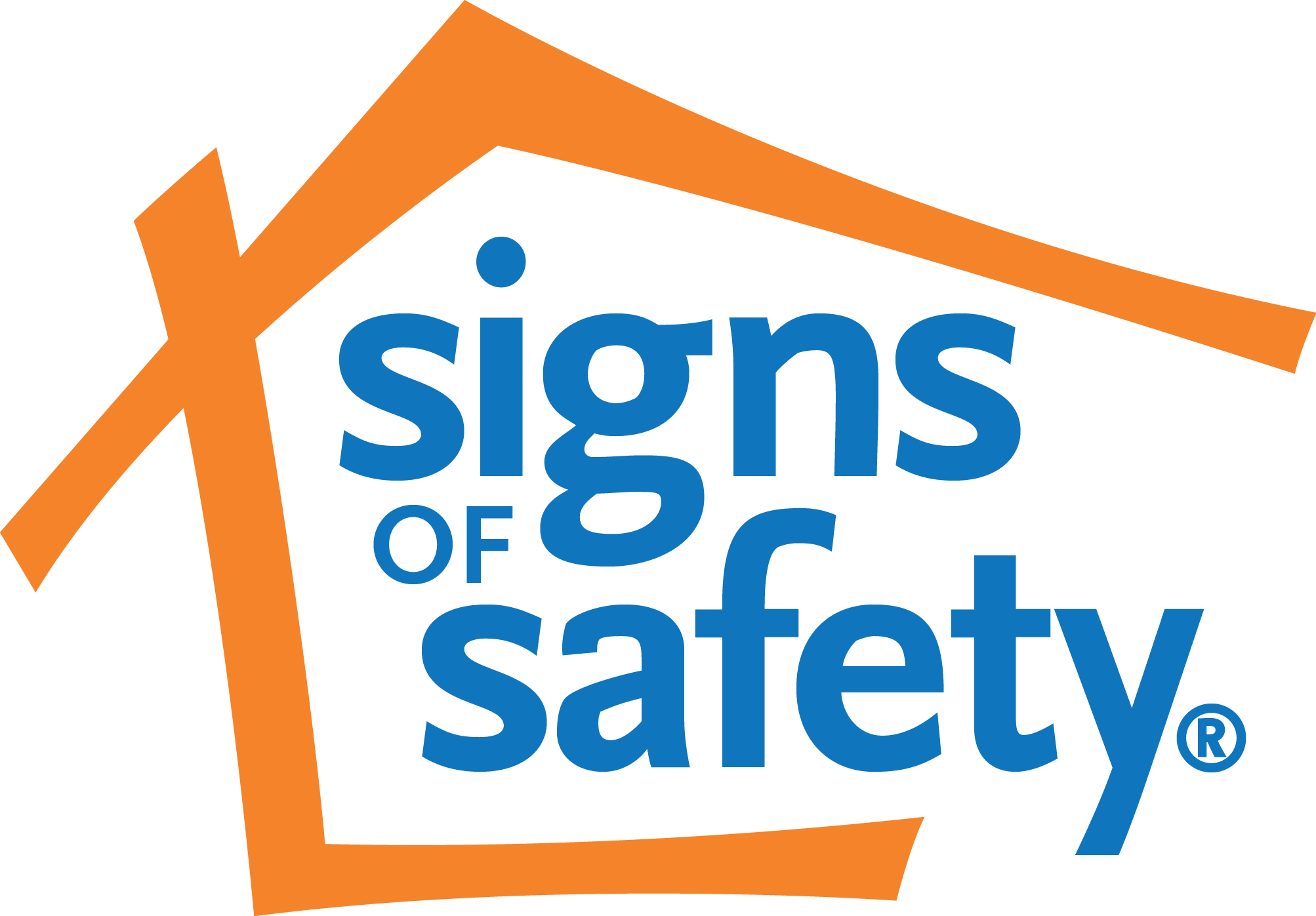The paper Working with Signs of Safety: Parents’ Perception of Change has just been published, presenting the findings of the independent Kings College research of the two Signs of Safety English Innovations Projects (EIP).
Apart from the positive findings, the paper does a nice job of introducing the approach and giving the history of the EIP and how they emerged. Massive thanks to Professor Eileen Munro and Terry Murphy for being the main drivers behind this project from its initial conception in 2013, and huge congratulations to the English trainer and consultant team for all the sustained work to realise the project. EIP 1 and 2 has been a massive effort on the part of so many. This is the project where we really dug into conceiving what whole system change might look like and did the work of beginning to make it real through tangible methods. Though it gave me apoplexies at the time, it makes me laugh to realise now that EIP 1 was also the whole system catalyst that forced Resolutions to transform into a much more mature organisation that could support this scale of project.

Eileen, Marie Devine (UK-based Research Support Officer, Elia), and a group of us are currently working on the final report that has a working title ‘You Can’t Grow Roses in Concrete 2.0’ that will come out before the middle of the year. The 2014 to 2020 EIP in its entirety is a clear demonstration of the sustained effort, the organisation, the relationships and community that’s needed to transform children’s services and to build a meaningful evidence base around the Signs of Safety.
The key takeaways from the study are in the final two lines of the abstract which says:
- “Where social workers were more confident about using Signs of Safety and had consistently applied its elements, more families reported improvements in their lives.”
- “Families with social workers who had higher confidence in using Signs of Safety were also more likely to say that they had achieved more than expected against their earlier stated goals and were more likely to report positively against self‐defined goals.”
